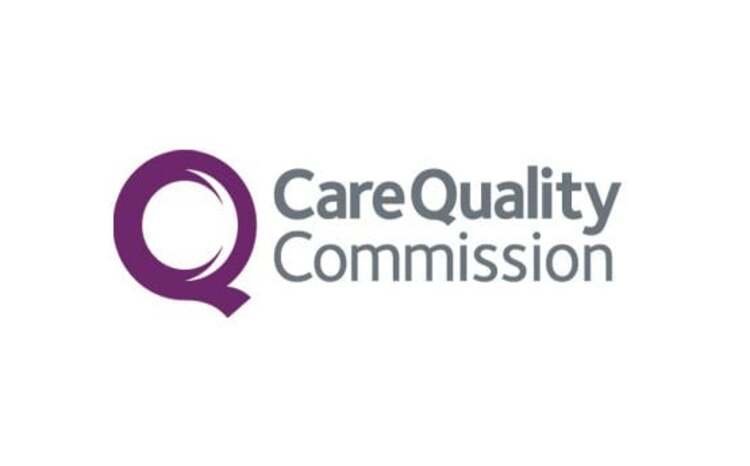Rotherham NHS FT receives outstanding rating for digital agenda
- 25 April 2019

Digital programmes at The Rotherham NHS Foundation Trust were rated “outstanding” in a recent Care Quality Commission (CQC) inspection.
The trust has made “good progress” with its digital agenda and inspectors saw “evidence of innovative use of technology”, a report published in March said.
Particular praise was given to the trust’s in-house clinical IT portal, the Rotherham Health Record, which provides both operational and clinical staff with vital information about patients and their journey through the trust.
James Rawlinson, director of health informatics at the trust, said since it was developed, the portal has gone from “strength to strength”.
“It pulls in data from community, social services, GPs and hospitals and the key bit for us is we overlay performance information over that as well. So it’s not just a clinical portal, it’s an organisational portal,” he told Digital Health.
“Nurses and managers will use the portal to look at operational performance whereas doctors will use it too look at their clinical activity, and staff on the wards and outpatient staff will use it to look at patient information.
“Traditionally most portals have been focused on conditional and clinical information in a patient context, but ours is about an operational and clinical portal.”
Recently the trust also added live ambulance information to the portal, making it one of few trusts nationally to be doing so, according to Mr Rawlinson.
“It allows us to get a sense of patient flow across the organisation to get a sense of how busy we are or are going to be,” he added.
“Being able to see when we’ve got an ambulance arriving but is important because that’s when we can see if we might have a surge in demand.”
While the hospital may have been recognised as “outstanding” in the digital field, overall it was rated as “requires improvement”.
CQC inspectors found 47 breaches that “must” be addressed and 27 things the trust should improve.
These include; making sure there are robust systems in place for raise concerns about patient safety, ensuring safeguarding adults and children is given sufficient priority; making sure all staff are up to date with mandatory training; and taking steps to ensure patients’ do no have long waits to see a specialist or for decisions about care to be made.



